Tennis racquet stiffness is a numeric value assigned to each racquet that measures how much a frame flexes during contact with the ball. Although it cannot be seen with the naked eye, it happens every time you strike a ball. The lower the rating the more flexible or less stiff the frame. When planning to buy a new racquet, we encourage you to use specs like stiffness as a guide to help narrow down a selection of racquets but to try a few before you make a decision.
Most Tennis racquets have a rating between 50 and 75, but you will find some below 55 some are upper 70’s.
Racquet Stiffness and Performance
Higher Stiffness rating offers more power while lower rating will afford a player with more control and an improved feel. This is because a flexible frame will absorb energy during a swing while stiffer racquet will deflect it.
When comparing the racquets, stiffness needs to consider along with other specs such as weight and balance to get complete picture of a racquets overall performance characteristics.
Racquet Stiffness and Comfort
Along with the performance, the comfort of a tennis racquet can also be impacted by its stiffness. A rule of thumb is stiffer racquet will tend to pass more shock and vibration to a player’s arm. Below is a comparison chart for your reference.
| Rating | Power | Control | Comfort |
| 45-60 | Low | High | High |
| 61-70 | Medium | Medium | Medium |
| 71+ | High | Low | Low |
The stiffness of the racquet determines how much control and feel the racquet has. Generally, stiffer racquets allow for more power. The reason behind this is stiff frames allow the energy to bounce back quickly and explosively off the strings at impact. The stiffer the frame, the less energy is transferred to the racquet and therefore there is more energy in the ball. Frames that are less stiff absorb more energy from the ball, and therefore the racket will provide less power when the ball is transferred off of the strings. Why does stiffness matter?
Does Stiffness increase the risk of tennis elbow?
Most players commonly ask do stiffer racquets give tennis elbow? The answer is yes, definitely, but it is not the only spec that can contribute to Injury. The combination of stiff and lightweight racquet can cause injury. Less stiff racquets can also lead to injury, mainly if they are heavy because the joints end up taking a lot of the blow at contact when the racket does not bend.
To Sum up, Remember that stiffness is just one of the many factors that makes a racquet more based in power or control, so stiffness is not the ultimate determiner. Below are our highly recommended racquets for both low and high stiffness.
|
Wilson Ultra 100 V3 Stiffness -73 |
Yonex VCore Pro 97HD Stiffness of 59 |
|
Babolat Pure Aero Stiffness of 67 |
Wilson Blade 98 V8 Stiffness of 62 |
|
Tecnifibre TF-X1 Stiffness of 71 |
Head Gravity Tour 2021 Stiffness of 61 |




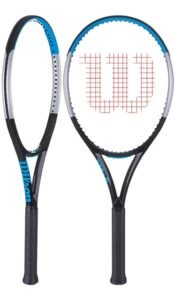
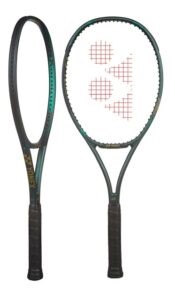
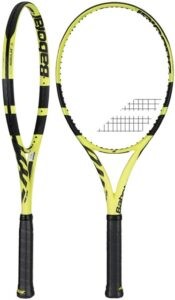
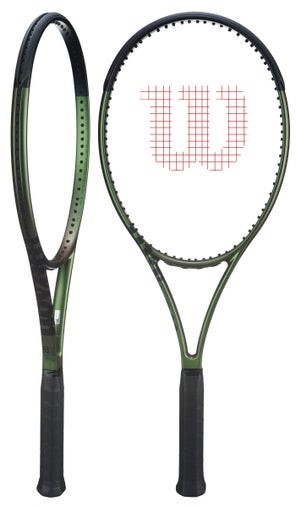
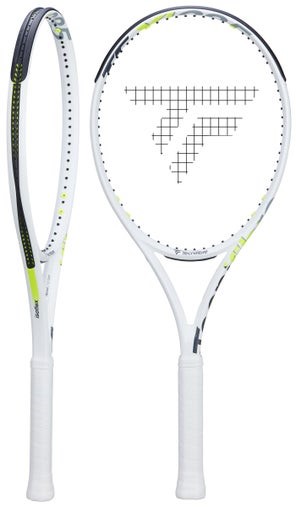
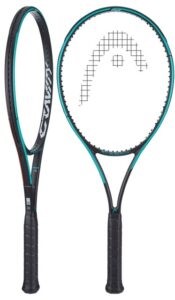









Comments
The information given by you is just going to help me since iam purchasing new racqut.
Thank you
Nagaraj
A few other things that I think matter in this context:
1. Type of string and string tension
2. Foam filled racquets reduce impact even if the RA is slightly high
3. Footwork, if you're footwork is not great, even a racquet with lower RA can cause issues
Very good analysis which would be helpful for the advanced players to select the right kind of racquet. Maintaining balance, preventing physical injury are important factors to be considered.Sports is required for good health and it should be perceived